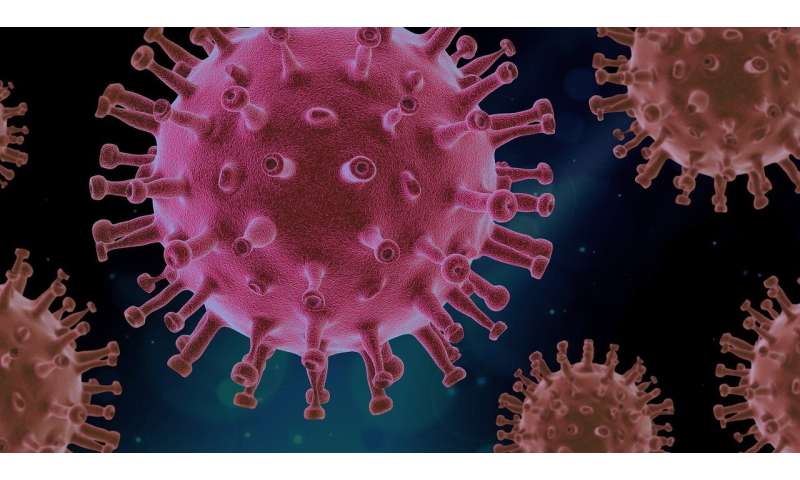WORLD, ASIA - PACIFIC, LATEST ON CORONAVIRUS OUTBREAK
China's COVID-19 complex to produce over 100M vaccine
Workshop complex in Wuhan to produce over 100 million doses of coronavirus vaccine annually, says official
Islamuddin Sajid |03.07.2020

ANKARA
China has completed the construction of a research laboratory and workshop complex in the city of Wuhan for producing vaccines to combat COVID-19 or coronavirus pandemic, the state-run media said on Friday.
While the laboratory is capable to research and study pathogenic virus vaccines, the workshop will produce over 100 million doses of the COVID-19 vaccine annually, reported Xinhua news agency, quoting the China National Pharmaceutical Group (Sinopharm).
The complex was earlier hit by the coronavirus pandemic, which first emerged in Wuhan city located in Central China’s Hubei province last December.
China National Biotec Group has also built another workshop in the capital Beijing which will also produce the anti-COVID-19 vaccines.
"The total annual production capacity of inactivated COVID-19 vaccines is expected to exceed 200 million doses, which will help ensure adequate supply,” the report cited Yang Xiaoming, president of the group, as saying.
Wuhan Institute of Biological Products had started the clinical trials of the vaccine to combat COVID-19 in April. So far it has been tested on 1,120 volunteers, aged between 18-59.
The report claimed, citing no officials, that the results of the trails "showed a good safety record" as "no severe adverse reactions were found."
It noted that the vaccine receivers "were inoculated two injections under different procedures and doses."
"For those receiving two injections at an interval of 28 days, the seroconversion rate of neutralizing antibodies reached 100 percent," claimed the repot.
According to China's National Health Commission, the country reported five new cases, including three imported and two indigenous, both from capital Beijing as the city has seen another wave of infections since the second week of June.
China so far recorded 83,542 pandemic cases with 4,634 deaths. As many as 78,499 people have recovered.







